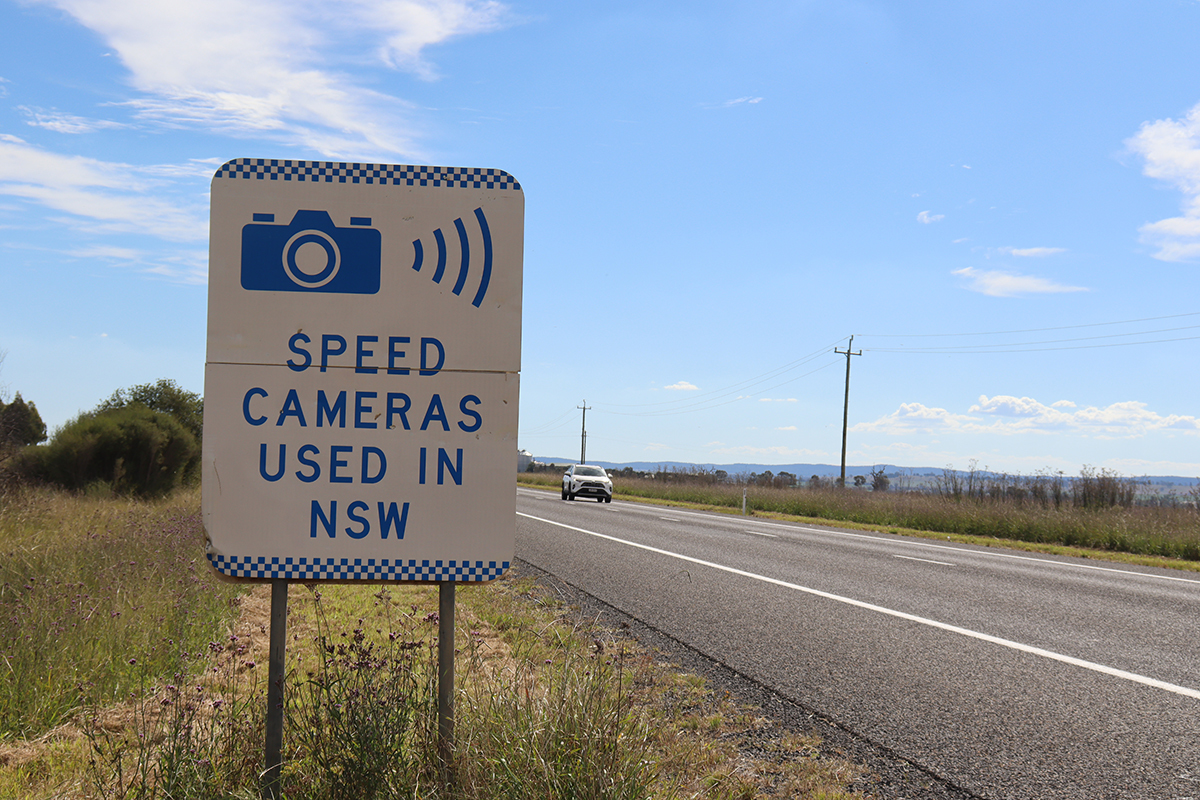Mobile speed camera signage removed
Oliver Brown
08 March 2021, 1:48 AM
 Marked mobile speed cameras will be a thing of the past in NSW this year. The lack of signs has caused the amount of speeding fines in the region to skyrocket
Marked mobile speed cameras will be a thing of the past in NSW this year. The lack of signs has caused the amount of speeding fines in the region to skyrocketThe state opposition has accused the New South Wales government of using a lack of signs for mobile speed cameras to cost drivers big bucks, though government representatives say they are trying to save lives.
The NSW government announced that changes would be made to the Mobile Speed Camera Program in November last year.
These included removing warning signs for mobile speed cameras, disguising vehicles conducting mobile speed checks and increasing the hours of operation for each mobile speed camera operating in New South Wales.
These changes are being rolled out throughout 2021.
Members of the state Labor Party claim the change has already resulted in a huge spike in fines for speeding, from 1,956 in January 2020 to 14,688 in January this year. Furthermore, revenue from these fines has climbed from $382,000 to $3.4 million.
Shadow Roads Minister John Graham said the revelation was an indication of the government making "a cash grab on a grand scale".
"We want people to slow down, but drivers deserve respect - they shouldn't be subject to a covert camera sneak attack," Mr Graham said.
"The government should be advertising these changes, not rolling them out in silence. There has been no education process for drivers. Tens of thousands of drivers have been caught unaware as a result."
"This will get worse. As the rollout ramps up, as more covert vehicles are deployed in secret, more drivers will receive their first ever speeding fine," he said.
Despite these accusations, the government maintained the changes to the mobile speed camera program was to keep NSW roads safe.
"Country people make up a third of the NSW population, but last year deaths on country roads made up two-thirds of our road toll, with speeding being the biggest killer," Minister for Regional Transport and Roads Paul Toole said.
"Independent modelling indicates the changes to the Mobile Speed Camera program could save between 34 and 43 lives and around 600 serious injuries in this state each and every year.
"These new measures not only target the small proportion of motorists who do the wrong thing, but re-invest fines in life-saving infrastructure on our country roads to ensure every journey is a safer one."
According to Minister Toole, every dollar generated from the Mobile Speed Camera Program goes directly into road safety initiatives through the Community Road Safety Fund.
"The fund has already seen thousands of kilometres of audio-tactile line markings, wide centre lines and more crash barriers rolled out across regional NSW," the Minister said.
In 2020, 297 people lost their lives on NSW roads and between June 2019 and June 2020, there were 9,920 people taken to hospital with serious injuries.
In total, 136 of these deaths and 2,941 injuries were attributed to speeding. The cost to the community of road casualties in NSW for 2019 is estimated at around $9 billion.
Transport for NSW has also defended the government's decision to alter the speed camera program.
Deputy Secretary for Safety, Environment and Regulation Tara McCarthy said the changes are designed to reduce speeding across the state, bringing NSW into line with other states across the country.
"We have seen how having no warning signage for mobile phone detection cameras has deterred people from using their phones illegally behind the wheel - we want the same effect with speeding," Ms McCarthy said.
"The increased number of people caught doing the wrong thing supports what we have been saying – speeding is the leading cause of death and trauma on NSW roads and has been increasingly problematic over the last year during the pandemic.
"The power to avoid penalties for speeding is totally in the control of the driver."
The department expects to see the number of speeding fines decrease once the full changes to the speed camera program are implemented and more NSW motorists become aware of it.